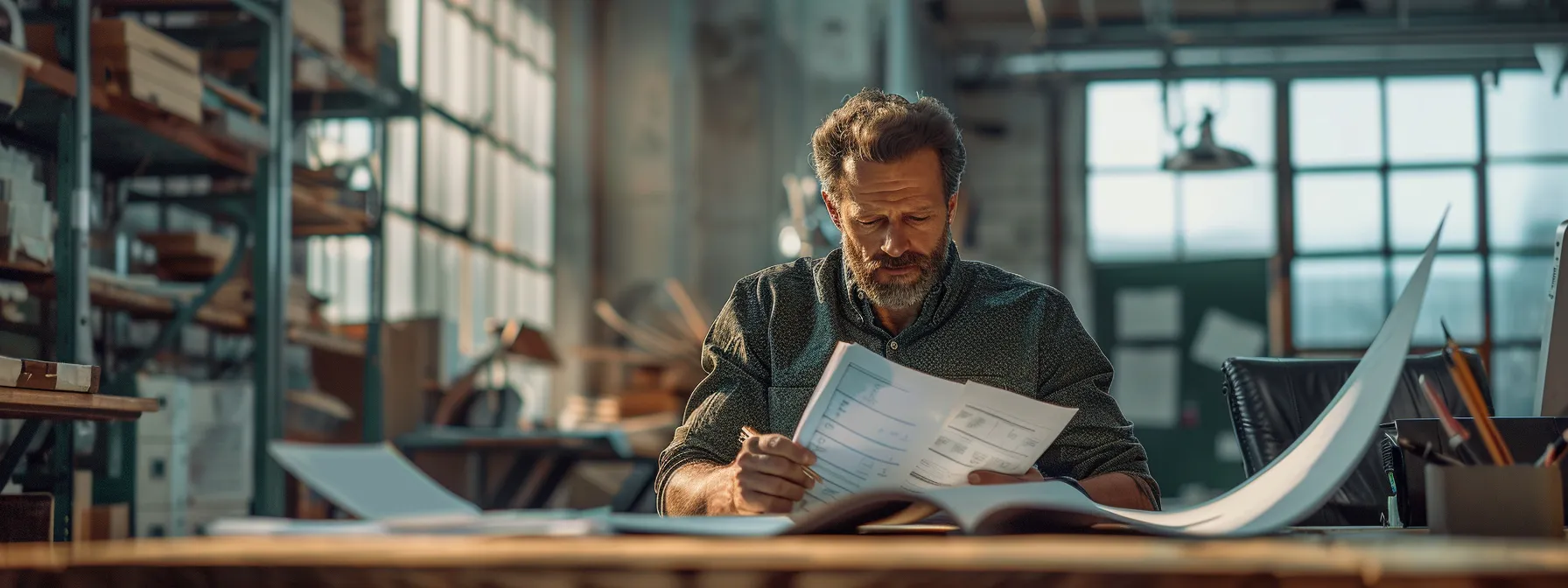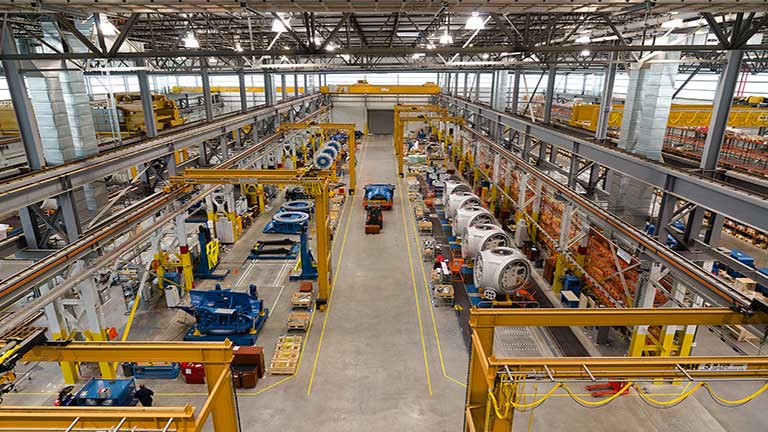In the evolving landscape of manufacturing, owners and operators constantly strive for excellence in their operations. To stay competitive, they must focus on enhancing production efficiency, fostering industry connections, adapting to technological advancements, and ensuring sustainability. Up-to-date resources and practical strategies are the linchpins of a thriving manufacturing business. Below, we explore vital resources and strategies that can propel manufacturing facilities toward greater profitability and innovation. Keep reading to uncover these critical insights.
Maximizing Efficiency with Advanced Manufacturing Technologies

The rise of Industry 4.0 has revolutionized manufacturing by integrating advanced technologies like IoT devices, robotics, and smart factories. These innovations boost efficiency, accuracy, and worker safety while automating tasks and streamlining operations. To stay competitive, manufacturers must embrace digitization and modernize their facilities.
A key enabler in this transformation is manufacturing ERP software, which simplifies complex processes and provides real-time insights for better decision-making. Combined with additive manufacturing like 3D printing and predictive analytics powered by AI, manufacturers can achieve on-demand production, minimize waste, and enhance equipment effectiveness, paving the way for agile, cost-efficient operations.
Leveraging Industry Associations for Networking and Growth
Industry associations are essential for manufacturers to stay informed about industry trends, share knowledge, and discuss challenges. They provide a platform for advocacy in policy and regulatory discussions, promoting a favorable business environment and ensuring compliance. Industry associations also offer training and development resources, organizing workshops, seminars, and conferences on operational best practices, leadership, and new technologies.
They also provide access to exclusive research reports and case studies, guiding manufacturers in making evidence-based decisions and developing strategies to advance operations and outpace competition. These associations are crucial for strategic planning and compliance in the manufacturing industry.
The Role of Continuous Education in Manufacturing Mastery
The manufacturing sector is constantly evolving, necessitating continuous education for owners and operators. This helps manufacturers stay competitive and fosters innovation within the workforce. Online courses and certifications offer extensive professional development opportunities, facilitating upskilling and reskilling in the face of automation and digital transformation. Closer ties with academic institutions provide insights into cutting-edge research and potential recruits with fresh skills.
Internship programs and industry-academia partnerships bridge the gap between theoretical knowledge and practical applications. Encouraging a culture of knowledge-sharing among employees leads to organic growth and better problem-solving. Mentoring programs and peer-to-peer workshops can further enhance the collective capability of the workforce.
Exploring Government Grants and Financial Incentives for Manufacturers

Manufacturing owners and operators must navigate the fiscal landscape to capitalize on government grants and financial incentives. These funding opportunities can help reduce the cost of implementing new technologies and support expansion projects. Staying informed about available grants can open up pathways to innovation without excessive financial risk. Many regions offer tax incentives for manufacturers investing in energy-efficient technologies and sustainable practices, such as tax credits, rebates, or deductions.
Partnering with local development agencies can guide manufacturers through grant applications and eligibility criteria, providing tailored advice. Government-sponsored R&D tax credits can offset costs associated with developing new products or enhancing existing manufacturing processes. By utilizing these financial tools, manufacturers can pursue innovation with fiscal responsibility and growth.
Implementing Sustainable Practices for Long-Term Success in Manufacturing
Sustainability is a crucial aspect of manufacturing in today’s environmentally conscious market. By adopting sustainable practices, manufacturers can contribute to the planet’s health and connect with consumers who prioritize eco-friendly products. Implementing waste reduction strategies like lean manufacturing and just-in-time production can reduce resource utilization and inventory costs. Sustainable sourcing of materials can also be achieved by opting for renewable or recycled inputs.
Energy audits can reveal opportunities for renewable energy sources, demonstrating a long-term commitment to sustainability. An eco-friendly operation can attract new customers and business partners. Investing in employee education about sustainable practices aligns the workforce with the company’s environmental goals, enabling manufacturers to meet regulatory requirements and lead the industry towards a greener future.
Altogether, manufacturing owners and operators equipped with advanced tools, robust networks, continuous learning, financial savvy, and sustainability strategies are poised for long-term success. These resources and approaches contribute to a resilient manufacturing sector that is adaptable, innovative, and forward-thinking in its quest for excellence.
